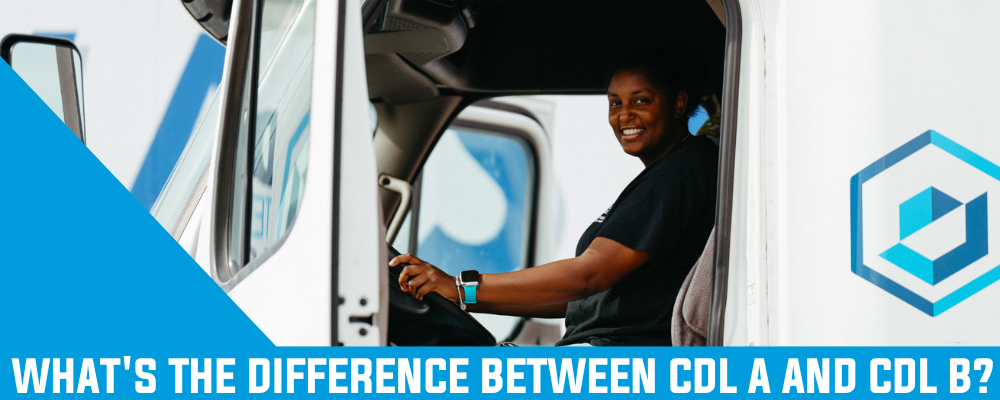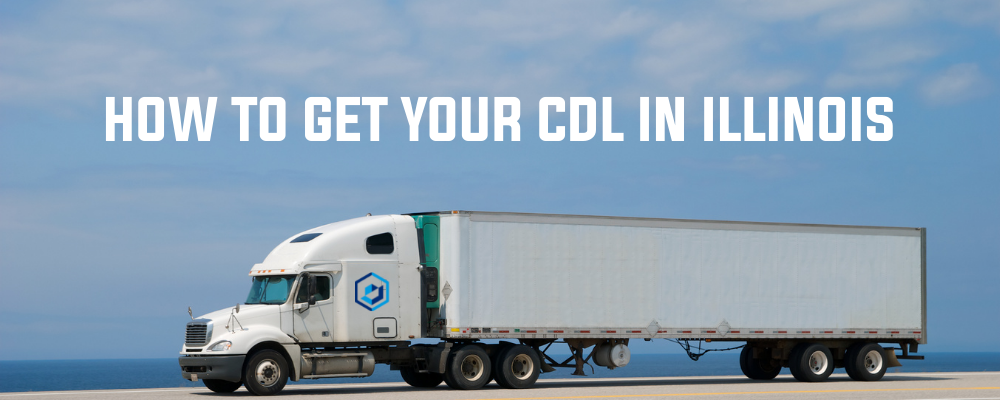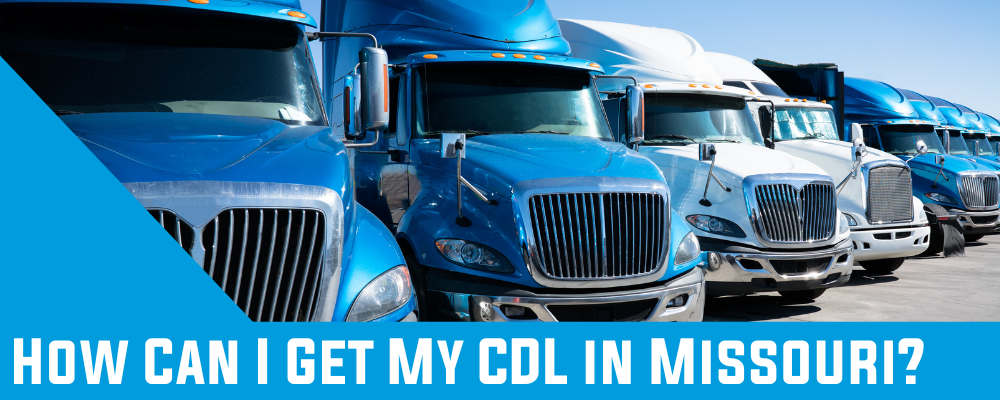CDL Class A and CDL Class B Defined
To break it down, if your commercial vehicle weighs over 26,001 pounds (excluding trailers), you need a Commercial Drivers License or CDL, to drive that vehicle. Driving a commercial vehicle requires greater knowledge, experience, and physical ability than simply driving a car.Class A CDL or CDL-A
- CDL-A allows the driver to operate any vehicle with a semi-trailer or a trailer with two or more axles. A common Class A vehicle is a tractor trailer, also known as a semi.
- This includes combination vehicles with a gross combination weight rating (GCWR) of 26,001 or more pounds, provided the gross vehicle weight rating (GVWR) of the vehicle being towed is in excess of 10,000 pounds.
Class B CDL or CDL-B
- CDL-B allows the driver to operate any single vehicle with a GVWR greater than 26,001 pounds. Common vehicles include school buses, dump trucks and straight trucks.
- Can tow a vehicle as long as it does NOT exceed 10,000 pounds GVWR.
Differences Between Class A and Class B CDL
Vehicle Weight
- Class A: If you are pulling a commercial trailer that weighs over 10,000 pounds (most commercial trailers do), you will need a Class A CDL. Combination vehicles, such as tractor trailers or semi-trailers, always meet the requirements for CDL-A.
- Class B: A CDL-B is typically only for lighter vehicles, such as a straight truck or bus. With a class B license, you will not be permitted to drive a trailer that exceeds 10,000 pounds. So, a CDL-B could be considered more “limiting” in regards to the type of commercial driving career opportunities you can pursue.
CDL Vehicle Type
Types of Class A Vehicles include:
- Tractor trailers
- Truck & trailer combinations
- Double and triple trailers
- Tractor trailer buses
- Tanker vehicles
- Livestock carriers
- Flatbeds
Types of Class B Vehicles include:
- Limousine
- Transit bus
- Cement truck
- School bus
- Dump truck
- Boom truck
- Garbage truck
CDL Job Opportunities
We’ll now explore the difference between CDL A and CDL B careers, including the benefits and considerations for each.Common Jobs for CDL-A Operators
- Truck Driver
- Line Haul Driver
- Log Truck Driver
- Over the Road Driver (OTR Driver)
- Production Truck Driver
- Semi Truck Driver
- Tractor Trailer Operator
- Tow Truck Drivers
Common Jobs for CDL-B Operators
- Local Delivery Driver
- Construction Driver/Operator
- School or Transit Bus Driver
- Limousine Driver
CDL Endorsements
- (N) Tanker Endorsement: Class A & B
- (H) Hazardous Materials: Class A & B
- (T) Doubles/Triples Endorsement: Class A
- (P) Passenger: Class A & B
- (S) School Bus: Class A & B, only available if P endorsement complete
Interested in Learning More About Truck Driving?
Fill out the form below to receive info about our career training programs.
Why should I earn a CDL-A License at MTI?
CDL-A vehicles and trailers require greater training and skill to maneuver.The first step toward earning your CDL-A is enrolling in a FMCSA (Federal Motor Carrier Safety Administration) approved ELDT (Entry Level Driver Training) training program. MTI’s CDL Schools in Illinois and Missouri offer a CDL Training Course. At MTI, students learn truck driving procedures and techniques through classroom learning and behind-the-wheel driving practice from instructors with real-world trucking experience. Here’s what you can expect when you attend MTI to train for your CDL license:- Classroom theory focusing on CDL A requirements, driving safety, combination vehicles, air brakes, trip planning, and more.
- Behind-the-wheel experience operating commercial vehicles on the driving range to learn driving skills such as backing, parking, docking, managing speed and space relations, how to handle driving conditions, driving hazards, and more.
Earn your Class A CDL in Illinois
- MTI CDL Training Program in Springfield, IL
- Satellite Location (CDL Range):
Earn your Class A CDL in Missouri
- MTI CDL Training Program in Springfield, MO
- Satellite Location (CDL Range):



